Regarding my reading habits, 2024 was much better than 2023. Whilst I did start out with many Japanese authors (most of whom have already appeared in my other reviews), I made it my goal to sample works from other races and nationalities, alongside indulging in more female-written books.
Another two goals I had was to delve further into non-fiction, which is something I started towards the latter half of the year. Alongside that, I set a tepid goal to read at least twenty books throughout 2024, which I also achieved!
With life most likely getting busier in 2025, I do wonder if I’ll read as many books as I did in 2024. I feel simultaneously doubtful and optimistic about topping my 2024 total. I guess you’ll have to come back next January just to see if that was the case or not.
It feels oddly bittersweet, closing one year just to open another, but it is also an exciting opportunity to convince yourself that something new and interesting is just around the corner. Anyway, I hope you have a great 2025 that is full of fun reads, and I wish you a happy new year!
Please enjoy my chronological list below.
Some of the works not yet reviewed as of 1 January 2025 will have their critiques published throughout the year.
Tokyo Express by Seichō Matsumoto
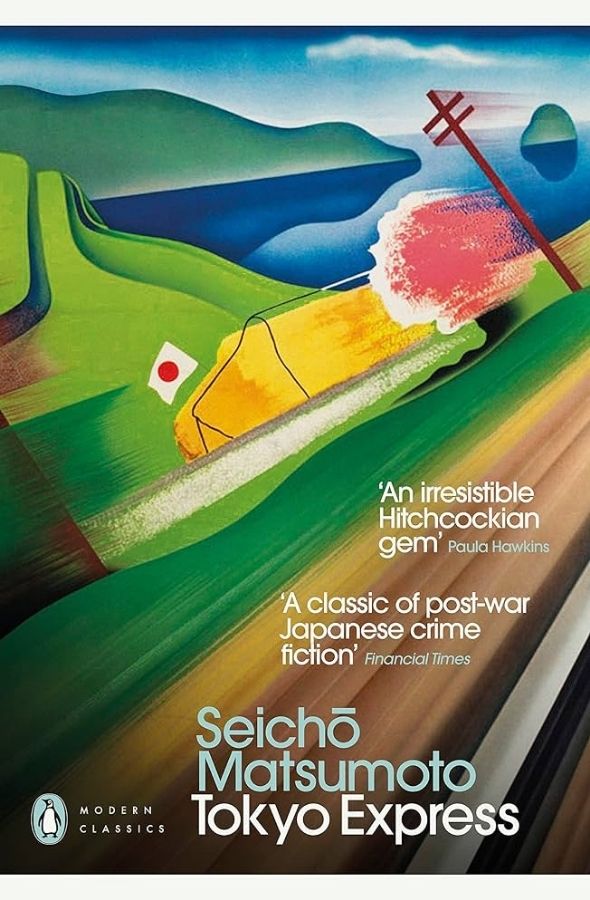
Fascinating, fun, entertaining, and cleverly executed—Tokyo Express is an enjoyably-paced short read that will have you excited about the next page, while simultaneously believing and doubting every part of the story.
If you are a big fan of detective stories that actually focus on the mystery, then I suggest you give this quirky novel a read. I am now continually in search of more like it, and sad that I can’t re-experience it.
Convenience Store Woman by Sayaka Murata
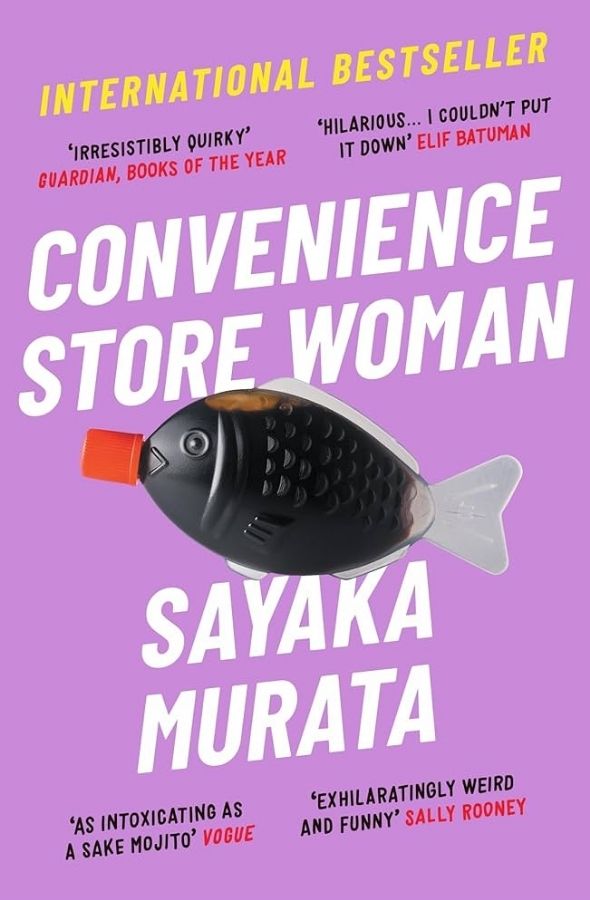
Bizarre, but packed with heaps of subtle commentary on modern society, gender roles, and our nature as (fairly simple) people.
Convenience Store Woman is refreshingly idiotic, yet quite serious in what it wants to highlight about lifestyle and choices. You can laugh at it, but also relate to the sentiments that its characters express. It’s a debut novel with the creative confidence of a seasoned author, about a cashier.
South of the Border, West of the Sun by Haruki Murakami
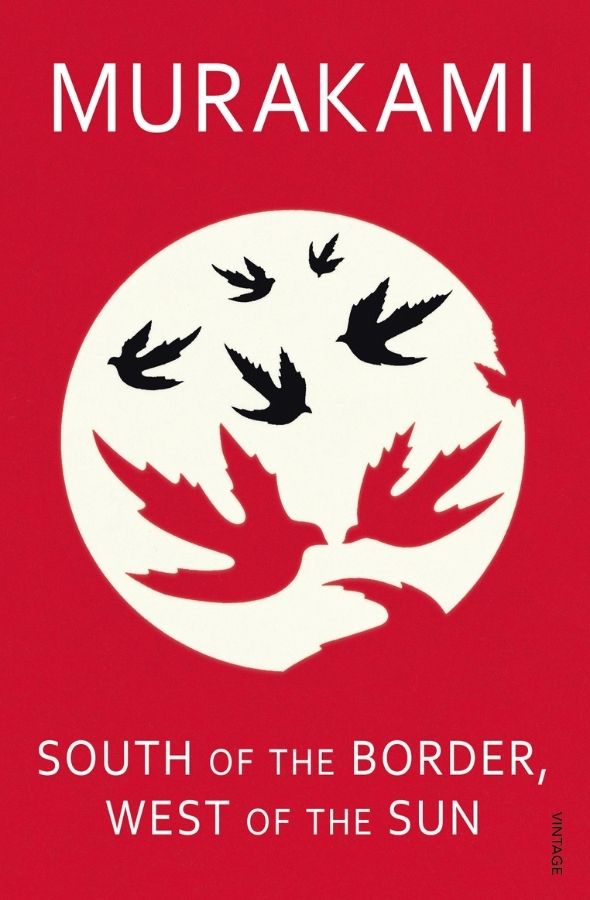
Carrying Murakami’s signature pessimism and another flawed, but depressingly normal and semi-relatable narrator, South of the Border, West of the Sun is an excellent display of the author’s talent.
It shows an acute awareness of our inability to discard the past and our deep emotions. It also highlights how we can hurt ourselves, and others, in the pursuit of what we truly want: recognition, love, to relive the past, to make difference choices.
All the Lovers in the Night by Mieko Kawakami
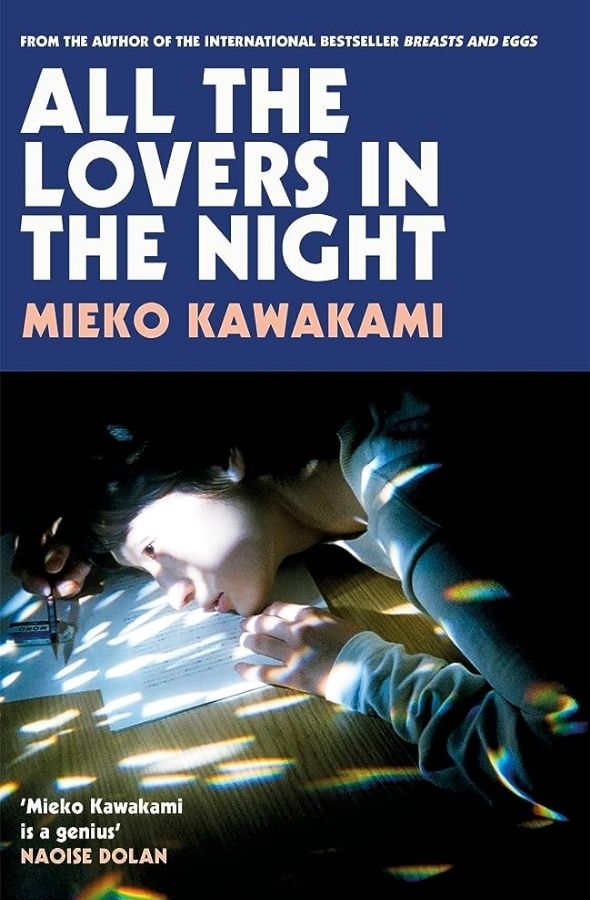
A rather dispiriting story of a single thirty-four-year-old proofreader falling in love for the first time after a solitary and inexperienced life.
All the Lovers in the Night represents a good blending of Kawakami’s prior novels with new, interesting elements. It is not a feminist piece like Breasts and Eggs, but it manages to capture the two-person dynamic that Heaven did through Fuyoko and the much older, elusive Mitsutsuka.
Animal Farm by George Orwell
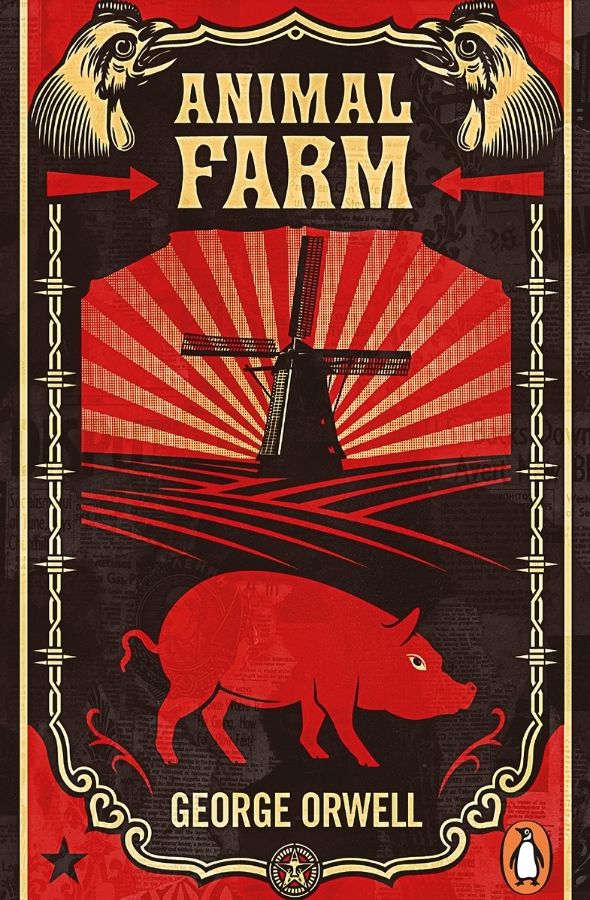
An iconic, simple, and effective display of how power corrupts all forms of leadership, alongside the flaws of Communism. It’s also an allegory for the 1917 Russian Revolution, as most know.
Animal Farm is a short and one-of-a-kind read, but one that is obviously laden with political and moral messages. I’m sure it was very eye-opening when it was published in 1945, but most modern readers will already grasp why Communism failed.
Purple Hibiscus by Chimamanda Ngozi Adichie
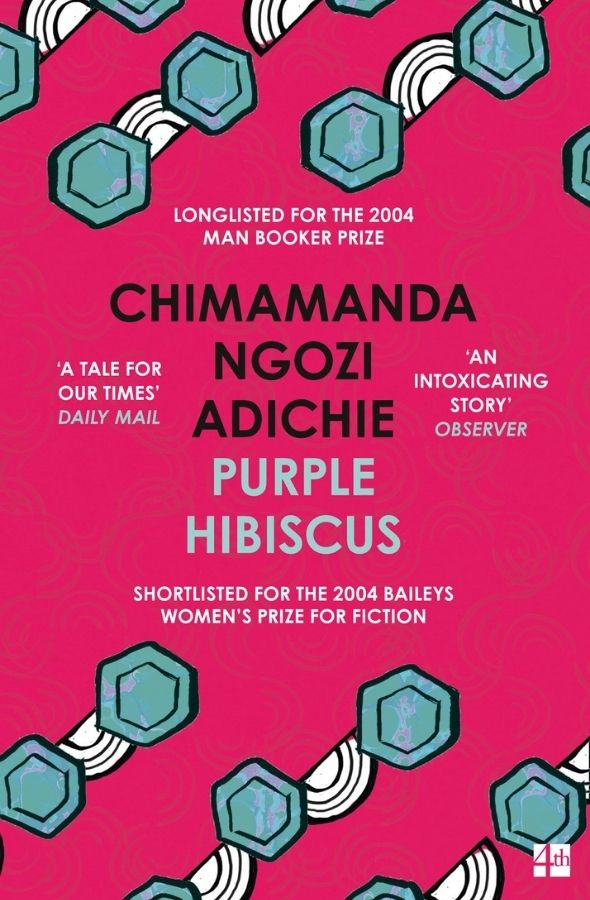
A very intimate exploration of religion, family, culture, poverty, and corruption within late 1990s Nigeria—a country Adichie often focuses on.
Purple Hibiscus took its time to grow on me, but quickly became a layered and tender story with human-like, flawed, and sympathetic characters. It is grounded, cutting, and makes use of a very select amount of locations and characters to tell a story about finding one’s self and coming of age.
A Mother’s Reckoning by Sue Klebold
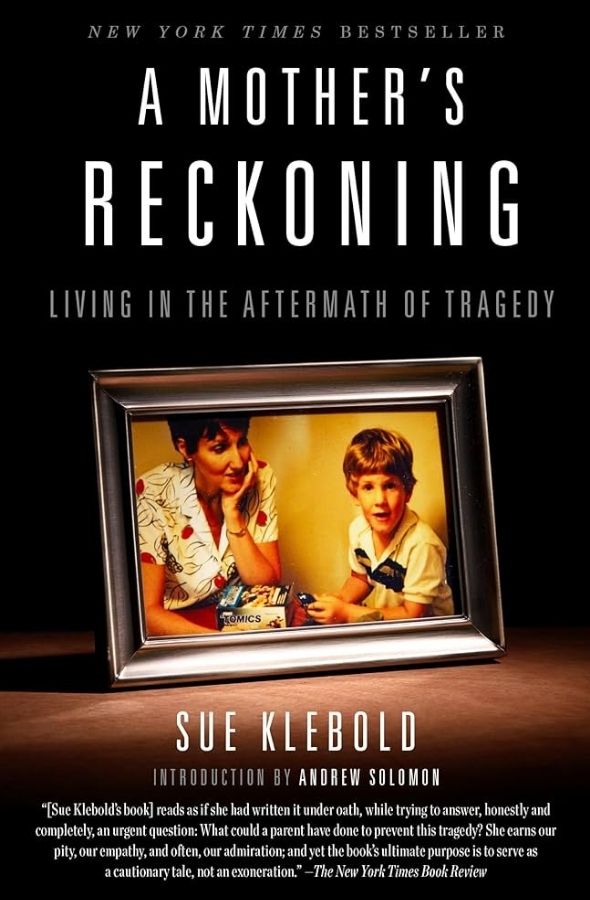
An immensely tragic and personal insight to what it was like to raise a seemingly untroubled, but secretly tormented and miserable, would-be Columbine mass murderer.
A Mother’s Reckoning is very much a memoir full of grief, as well as a valuable insight into suicidal depression, the shortcomings of America’s school and judicial systems, and Colorado’s gun control. A moving, but biased and closed-minded work.
Fuck Yeah, Video Games by Daniel Hardcastle
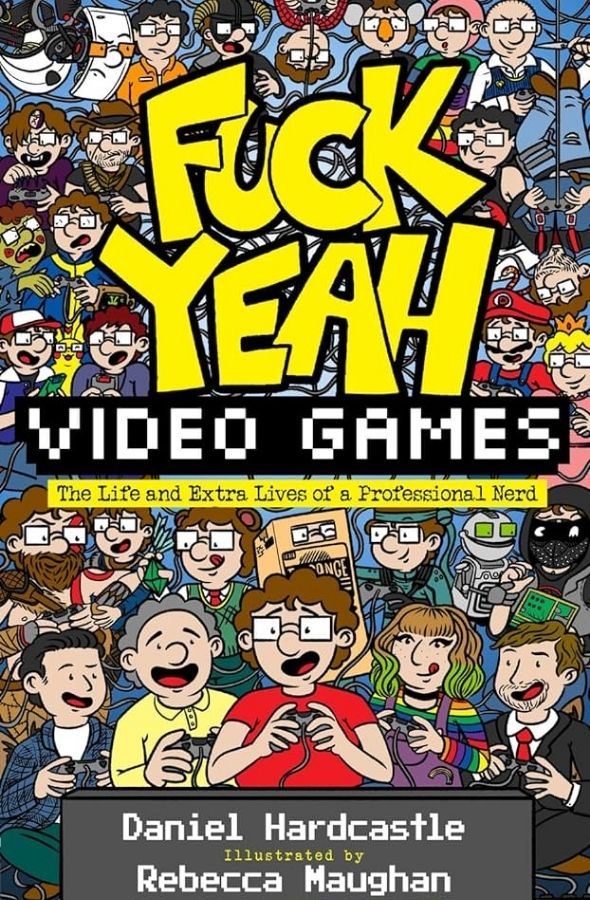
A comedic love letter to video games, and a real display of personality and passion towards the medium and industry as a whole.
Fuck Yeah, Video Games is a non-fictional autobiographic-informative-critique-comedy hybrid of a book. It has flaws, and the unfortunate position of being a YouTuber book, but was still charming and somewhat amusing when consumed through short reading sessions. Mixed feelings.
Mr Salary by Sally Rooney
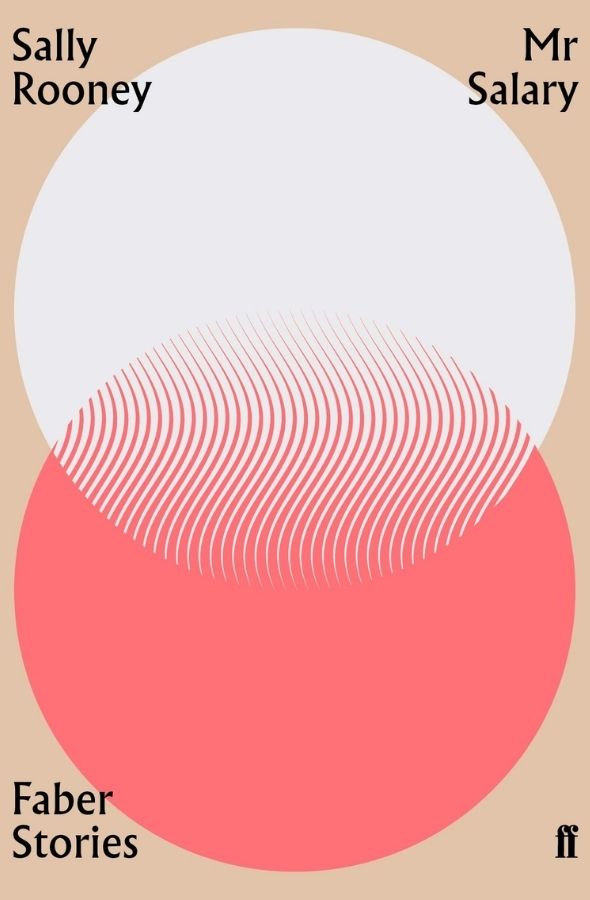
A very short read at forty-eight pages or so long, but an interesting short story that serves as my first experience with the Faber Stories series.
Mr Salary is a depiction of a complicated, lustful love between a twenty-four-year-old woman and a very distant uncle-in-law who she lived with during her university years. Introspective and emotionally poignant, but hard to justify buying due to its short length and lacking narrative. Still, I enjoyed it.
Autumn by Ali Smith
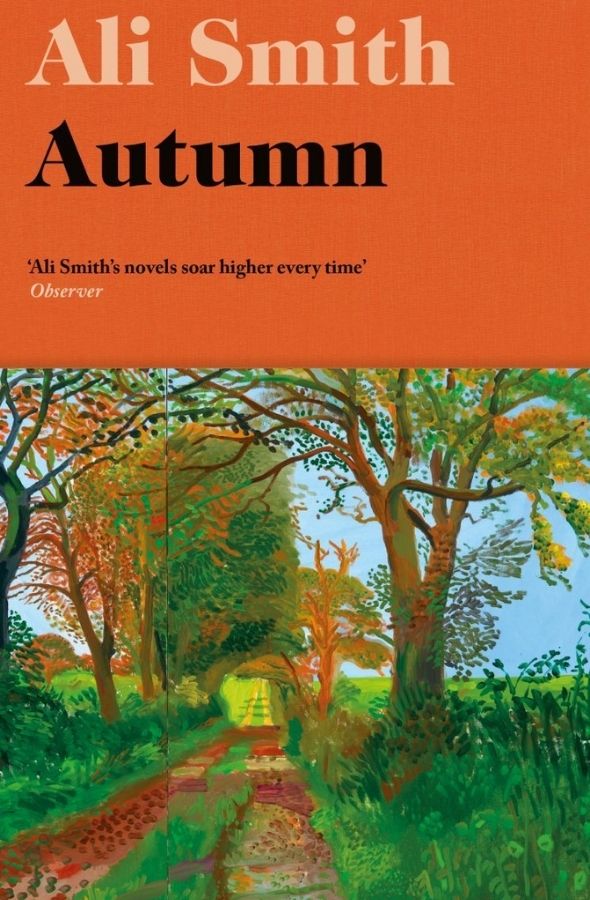
An unusual, strangely abstract, and very daring novel. Although I found it iffy, Autumn still possessed endearing (if slightly underdeveloped) characters and did its best to creatively comment on the post-Brexit climate of Britain.
I am uncertain about reading the rest of Smith’s Seasonal Quartet of works, but I can still give credit to this novel for standing out through telling a quirky and not entirely chronological narrative.
Normal People by Sally Rooney
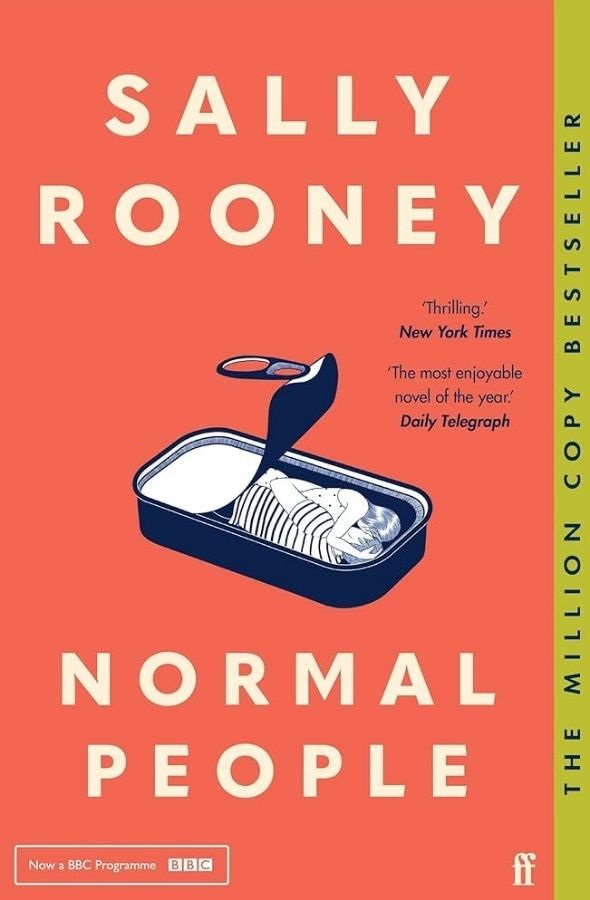
A very touching, disturbed, sexual, and extremely real story of a complicated on-off relationship between two Irish secondary school friends.
Normal People deserves all the praise people have given it. Rooney is able to be discomfortingly accurate in her depiction of depravity, unrequited love, jealousy, depression, family issues, and the concealed issues of modern-day classism. It is an excellent coming of age and romance novel.
Let the Old Dead Make Room for the Young Dead by Milan Kundera
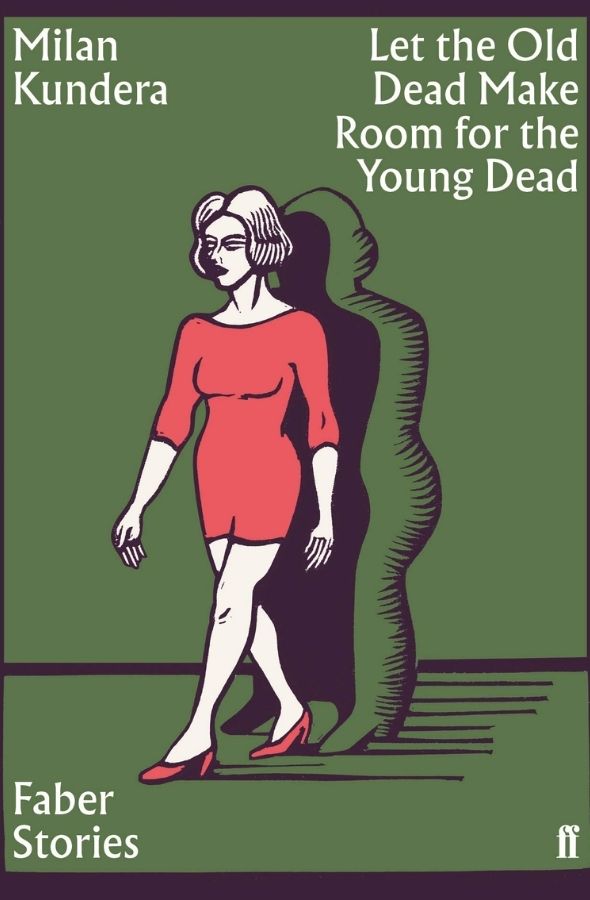
A decently-written Faber Stories release about two past lovers who reunite fifteen years later, but still remain nearly two decades apart in age.
Whilst Let the Old Dead Make Room for the Young Dead lacks depth, it does explore the concept of vanity, youthfulness; life’s worth (past, present, and future). Ultimately, it is about a man coming to terms with the reality he has done nothing with his life, and a vain older woman obsessed with beauty.
The Strange Library by Haruki Murakami
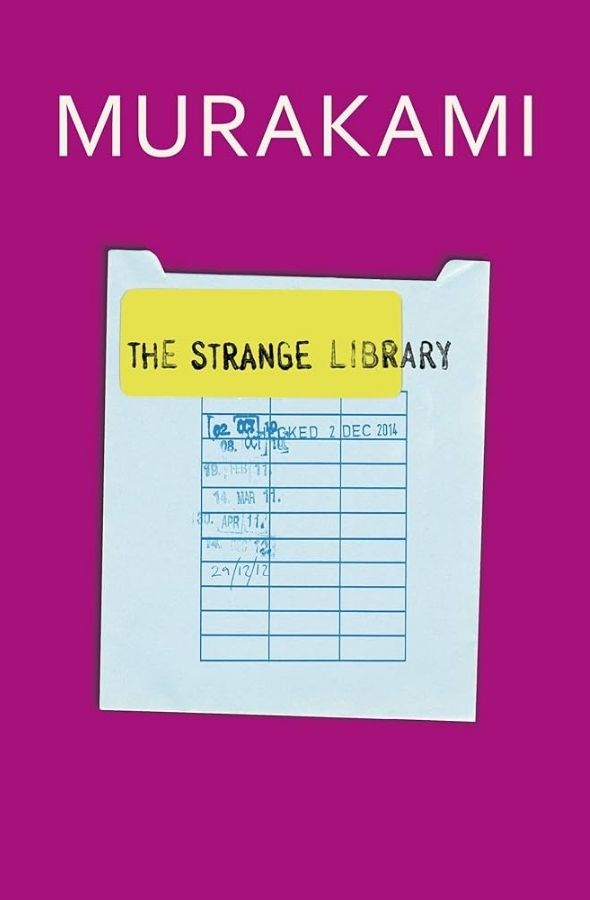
A truly bizarre novella about a schoolboy being trapped in a public library by a peculiar, sinister old man. To escape, he must memorise every book before him, but the knowledge isn’t for his benefit.
Truthfully, not what I expected, especially from the rather serious Murakami. The Strange Library has a unique fever dream quality to it, and allows readers to question the reliability of the narrator, and what the overall message of the story was.
Ms Ice Sandwich by Mieko Kawakami
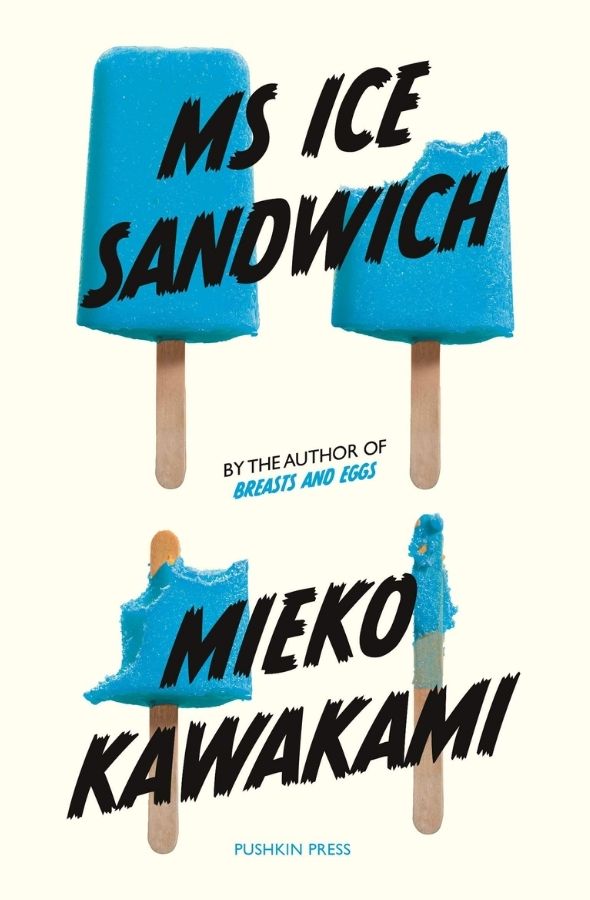
A tad disappointing when compared to how much I had looked forward to this short novella (holding off on reading it for about a year and a half).
Still, Ms Ice Sandwich is an unusual, quite original story about a young schoolboy’s crush on a quiet sandwich seller at the local supermarket. It mixes Japanese absurdism with Kawakami’s tendency for tragic and depressing moments. All in all, it’s a romance without any romantic scenes. Odd, right?
The Columbine School Shootings by Jenny MacKay
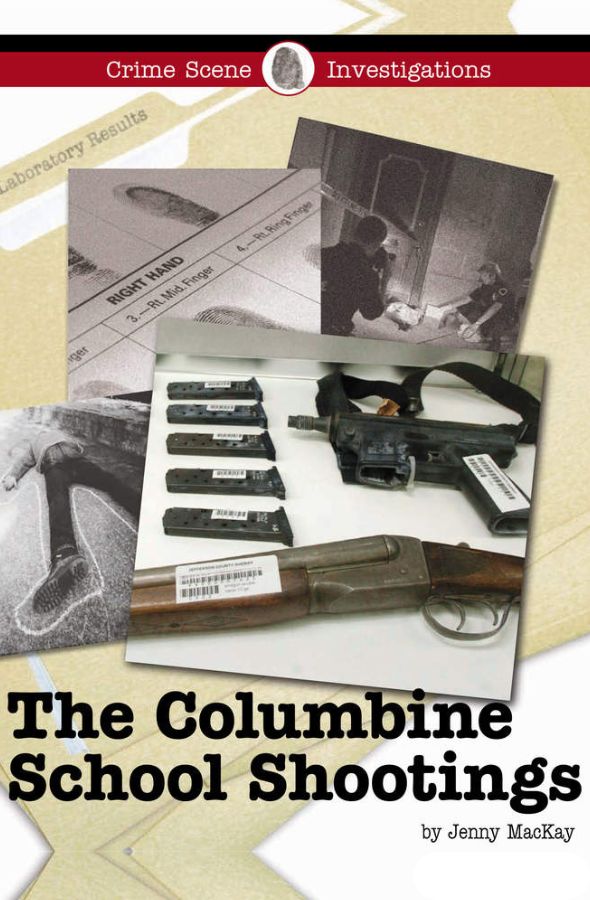
I was spurred to read this very clinical and fact-focused account of the Columbine Massacre after stewing on my thoughts about the very personal, but flawed, account within A Mother’s Reckoning.
The Columbine School Shootings offers a fairly condensed, but informative and sourced, overview of the events of 20 April 1999 and the criminal investigation into it. It also touches on the killers, their motives, influence on police responses, etc.
Columbine: A True Crime Story (2nd Ed.) by Jeff Kass
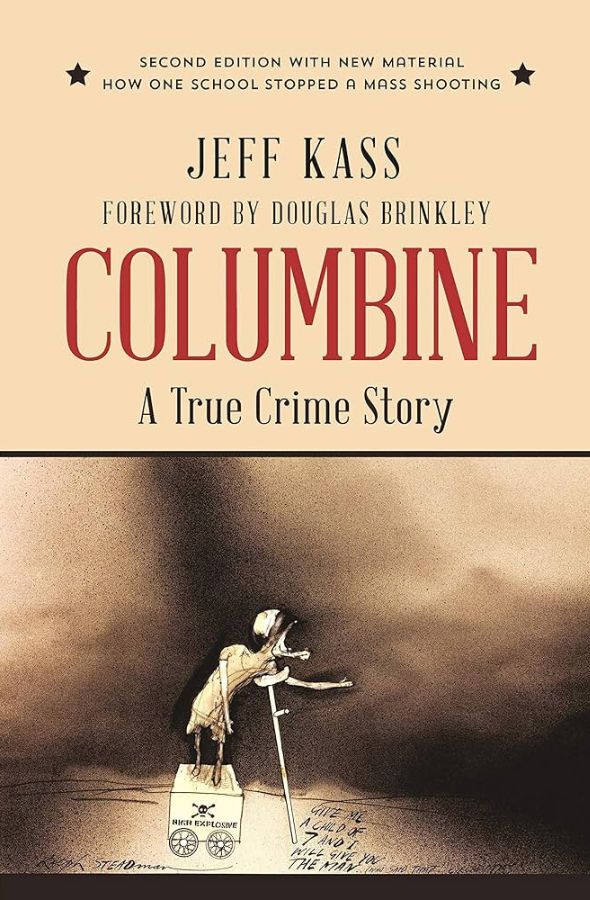
I clearly feel down a rabbit hole regarding April 1999. Kass’ Columbine: A True Crime Story is a dramatic, well-researched, and very explorative take on the Columbine—likely the best one, too.
It covers everything (and more) from the events of the day, the shooters’ backgrounds and family, US culture, the aftermath and legacy of Columbine, and the many errors, loopholes, and missed warning signs that enabled the attack.
Give a Boy a Gun by Todd Strasser
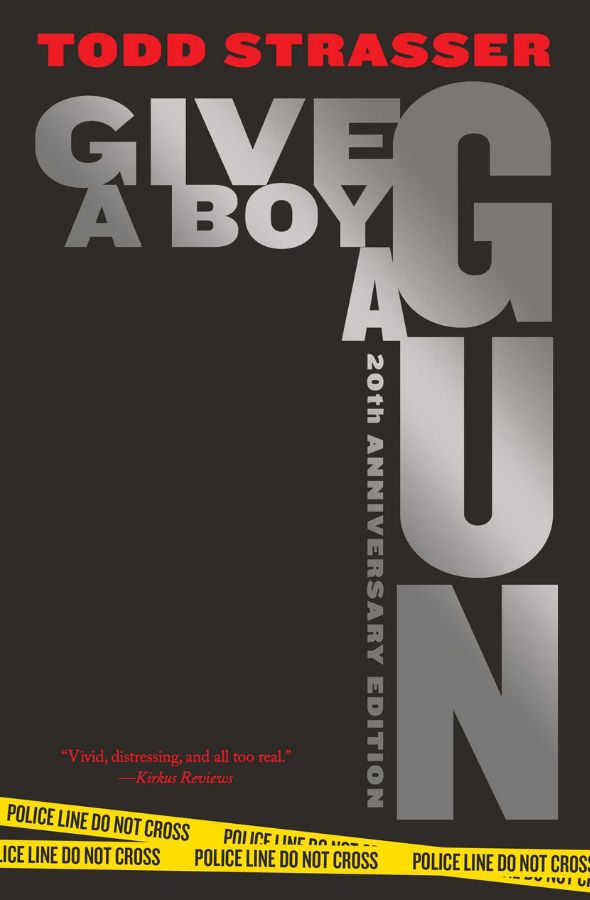
A crime novel that I randomly learned of and found to be immensely underwhelming and largely disrespectful towards the sensitive, community-ravaging events that are school shootings.
It is a story told in an epistolary manner (through letters and third-party accounts). Give a Boy a Gun would be interesting and commendable if not for its middling writing, cash-in on tragedy, and poor aping of the Columbine killers. Insulting. Terrible.
Diary of an Oxygen Thief by Anonymous
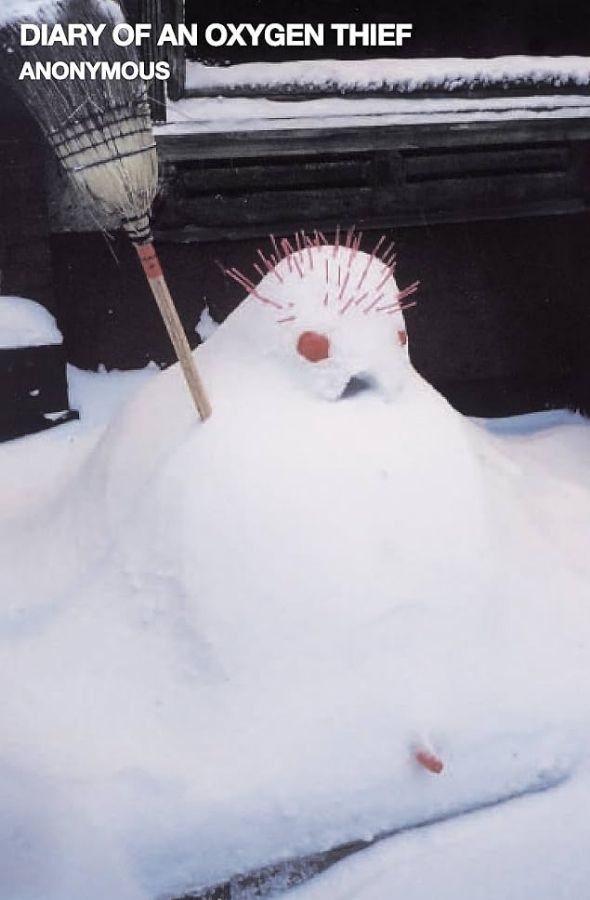
A very crude, meta, and distastefully amusing read. Diary of an Oxygen Thief is a tangential novel about a near-sociopathic, miserable, womanising Irishman in London, then Minnesota and New York.
Aside from its fairly grim plot and endlessly humorous and detestable—yet vaguely relatable—narrator, the initial draw of this novel is that we never quite know if the narrator is the real anonymous author, or if this is all entirely fictional.
A Spotter’s Guide to Amazing Architecture by Lonely Planet

I returned to non-fiction with an interest in learning more about the niceties of the world, rather than its many, many modern atrocities.
Because I wanted to start small, I began with Lonely Planet’s Amazing Architecture: A Spotter’s Guide. It is light on reading and heavy on pictures as it showcases 120 unique architectural feats (palaces, religious buildings, train stations, tunnels and bridges, towers etc.) from around the globe.
USA National Parks: Lands of Wonder by DK Eyewitness
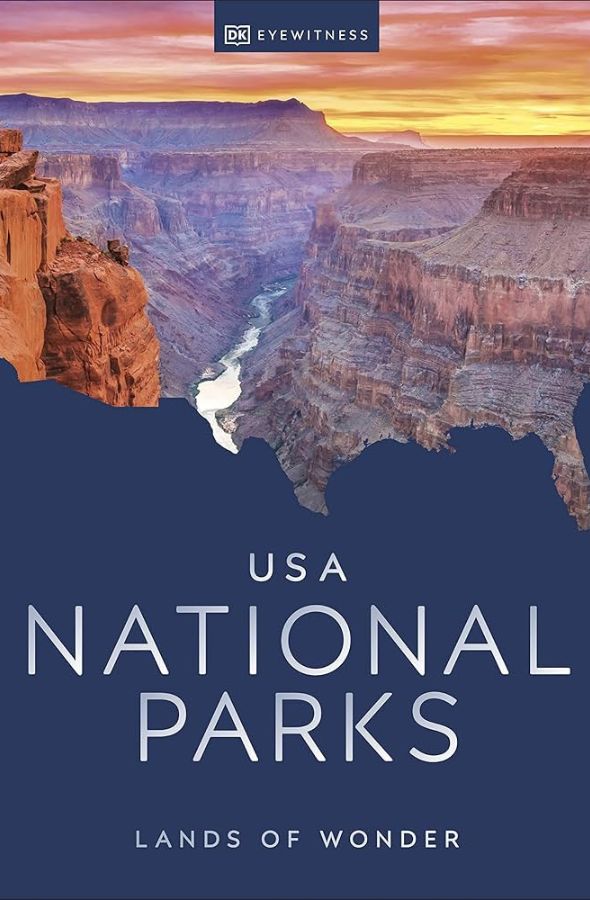
My non-fiction phase continued as I indulged in something I have quite an interest for: nature and landscapes. Because of this, the US National Parks have always been on my radar as must-see sights.
USA National Parks: Lands of Wonder is lengthy, but condensed and picture-filled. It outlines things one should know about each of the (then) sixty-two founded parks; history, purpose, chronology, unique features, trails, and the people behind it all.
North Korea (3rd Ed.) by Bradt

An insanely in-depth, wordy, and fairly interesting insight into a country we generally regard as supremely hostile and unwelcoming to foreigners.
Whilst all of that is still true, Bradt’s North Korea shows other sides of a floundering, fascinating, and fierce country. If you have ambitions of visiting North Korea, then Bradt’s guides on it are the go-to books. Sadly, there are few visuals or pictures, and many reminders to avoid the tap water. Seriously.
End of Year Stats
Books Read: 21
Pages Read: 3,843
Av. Book Length: 183 pages
Av. Pages Read/Month: 320 pages
Monthly Breakdown
January Total: 0
February Total: 2
March Total: 3
April Total: 1
May Total: 1
June Total: 3
July Total: 0
August Total: 0
September Total: 6
October Total: 0
November Total: 2
December Total: 3
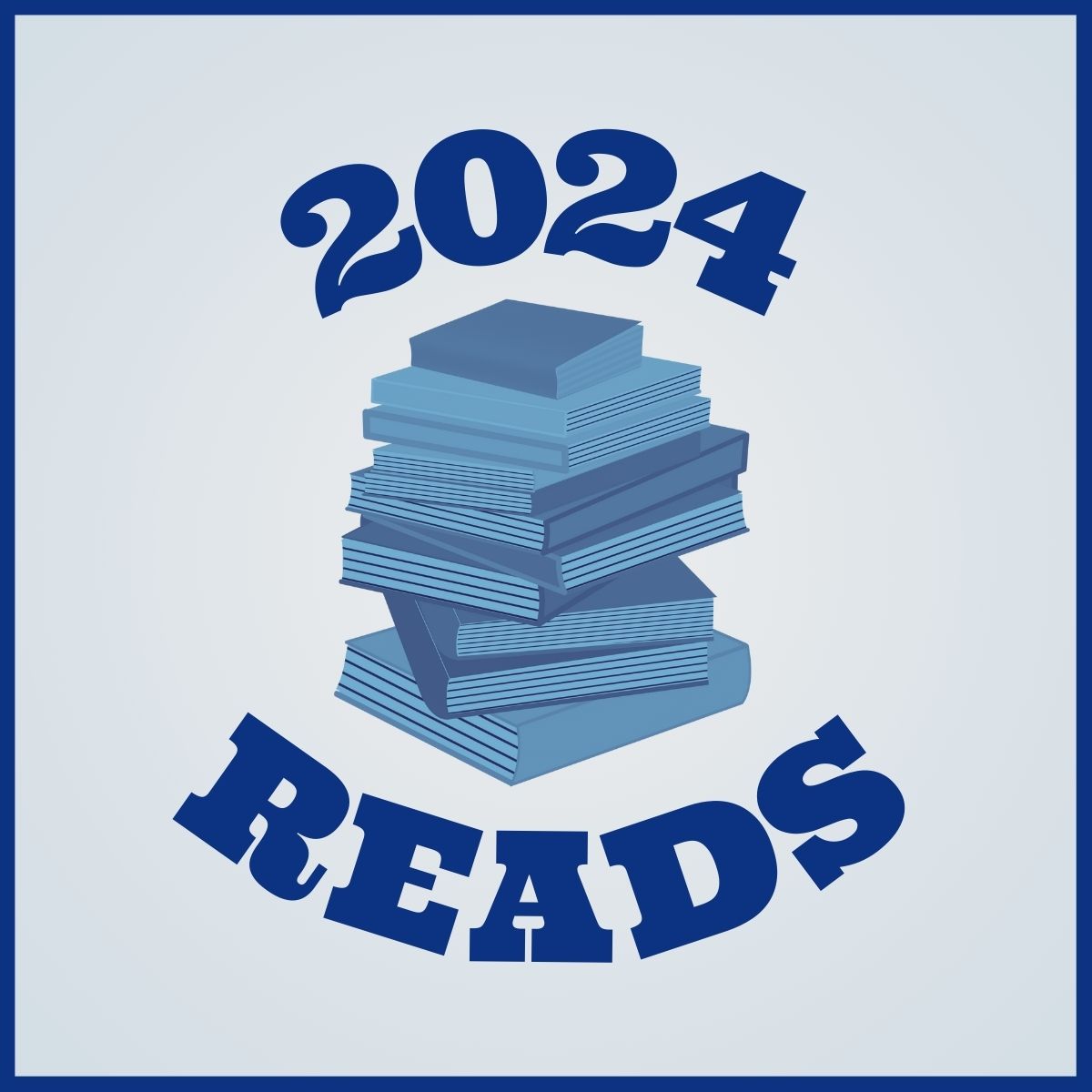
Leave a Reply